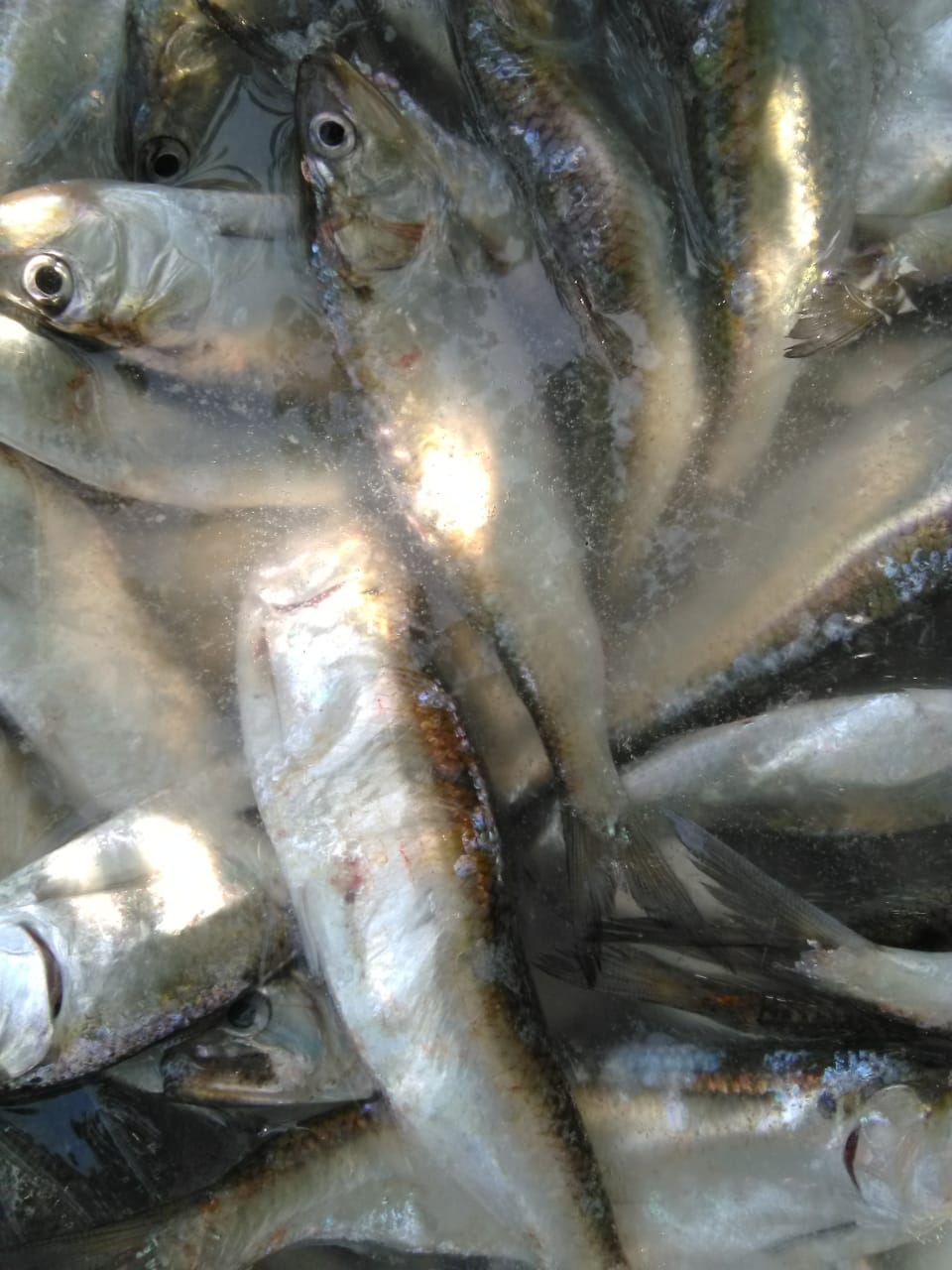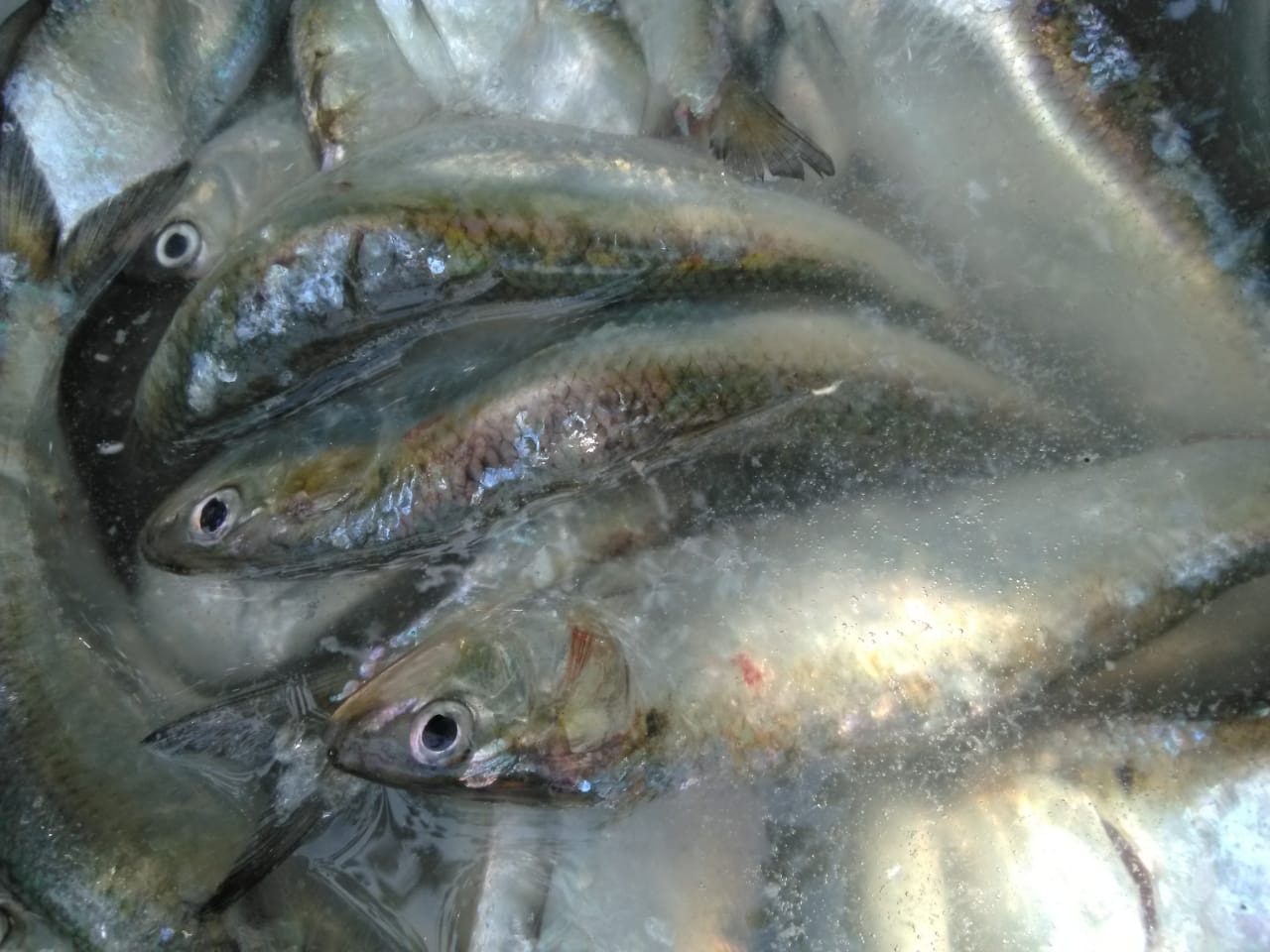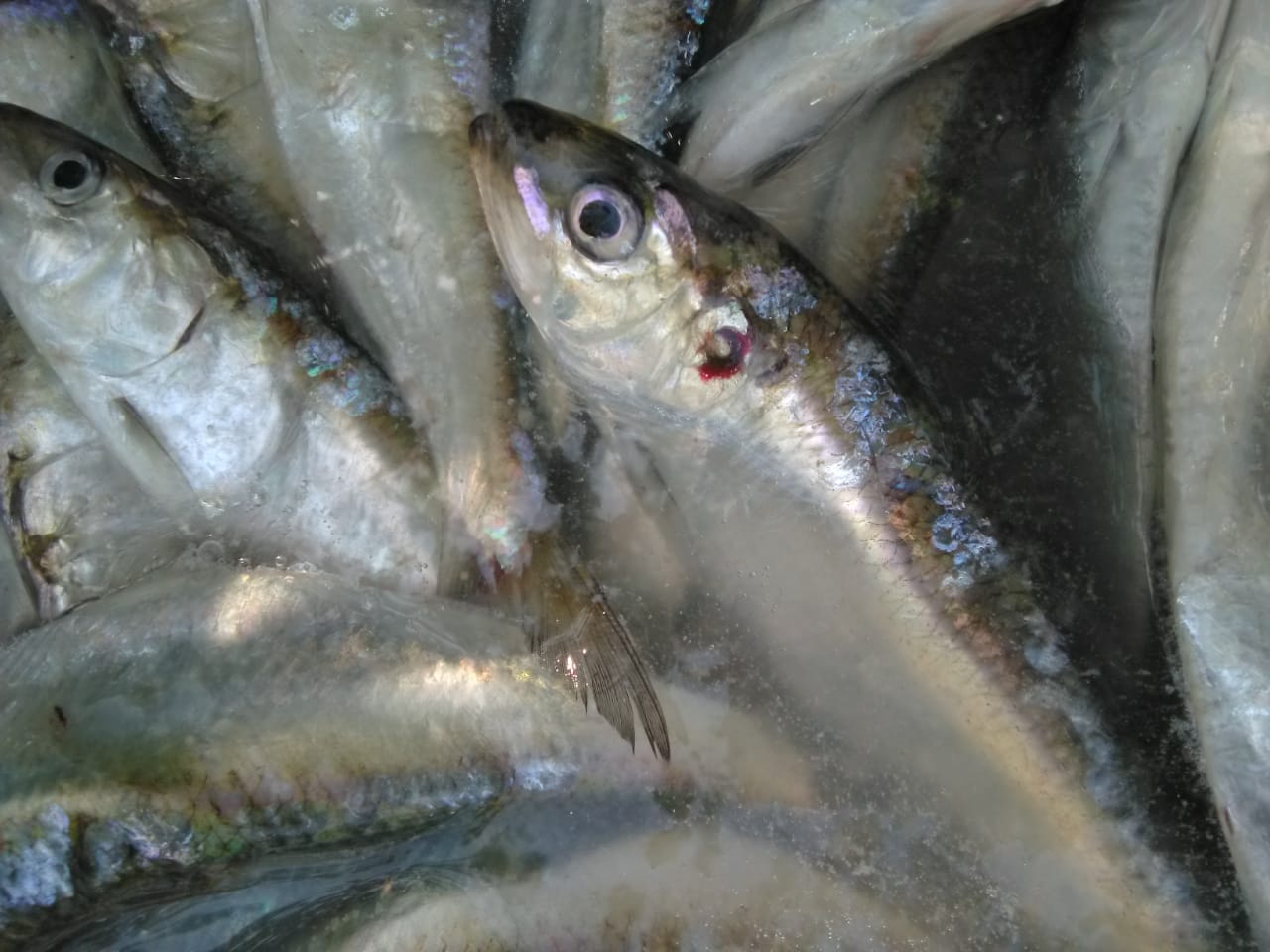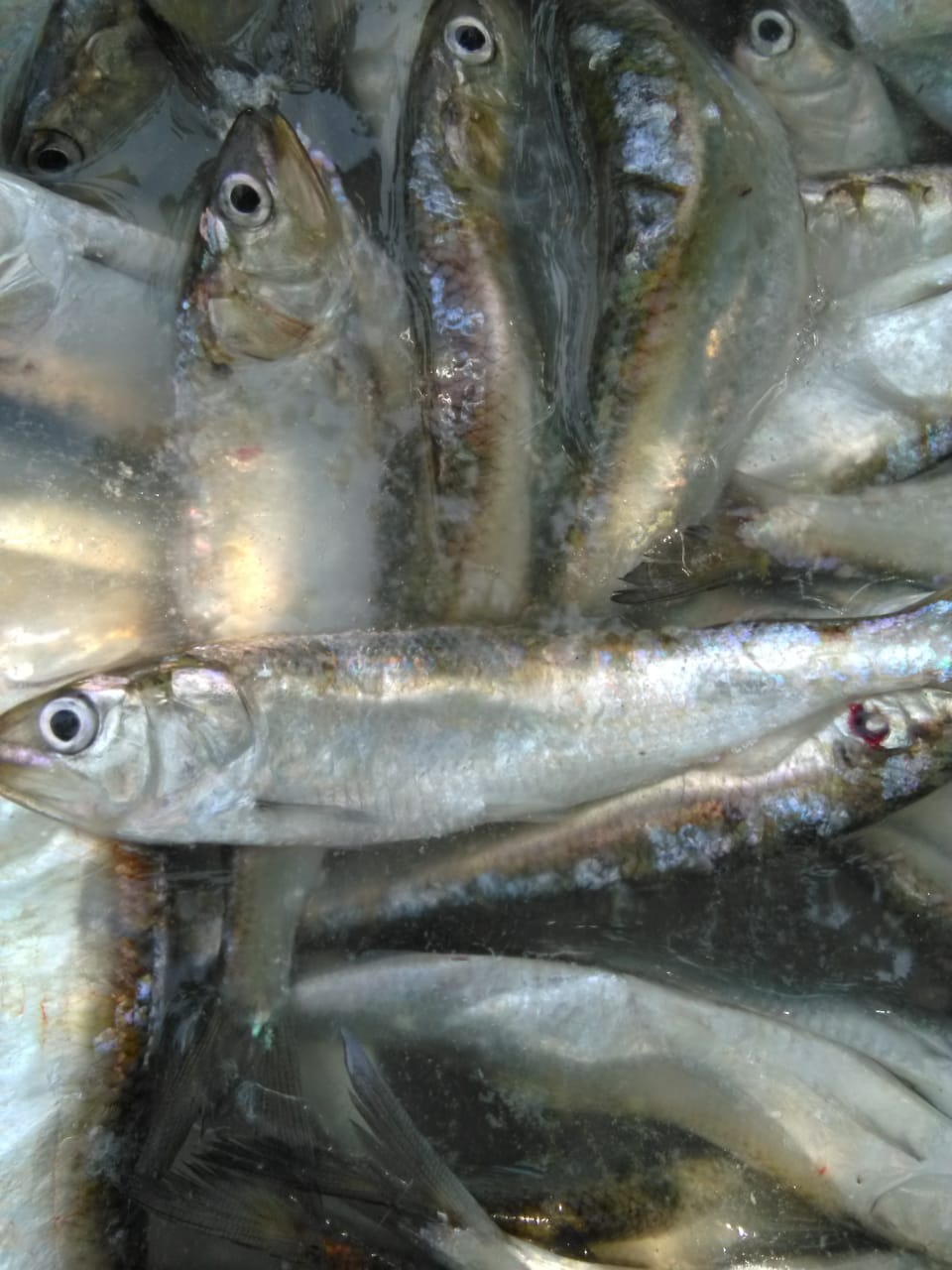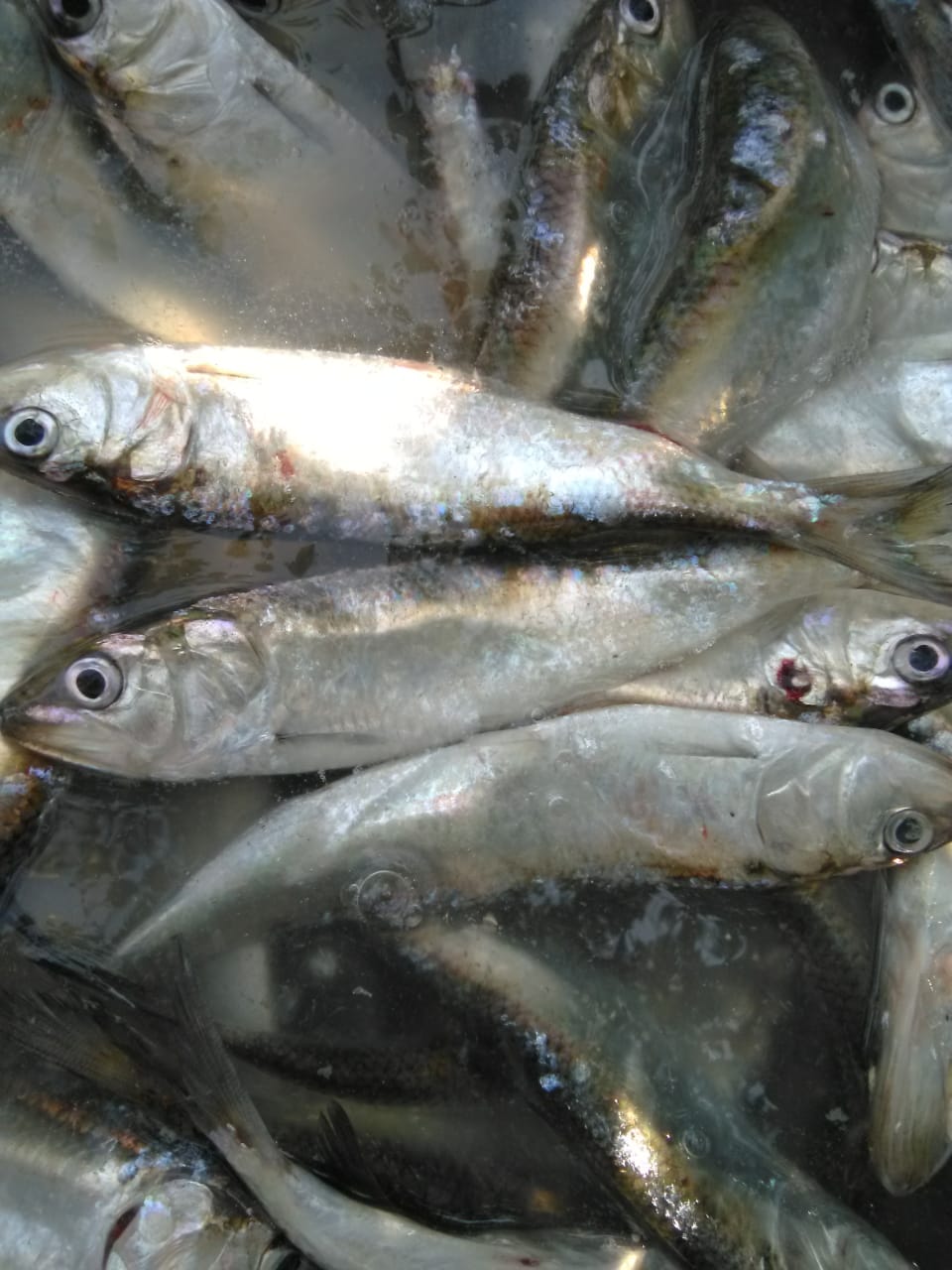Pontic shad – 30 cool photos. Have you ever seen the Pontic shad? We recently discovered this wonder of nature. And we are amazed, surprised, and captivated that it’s true love.
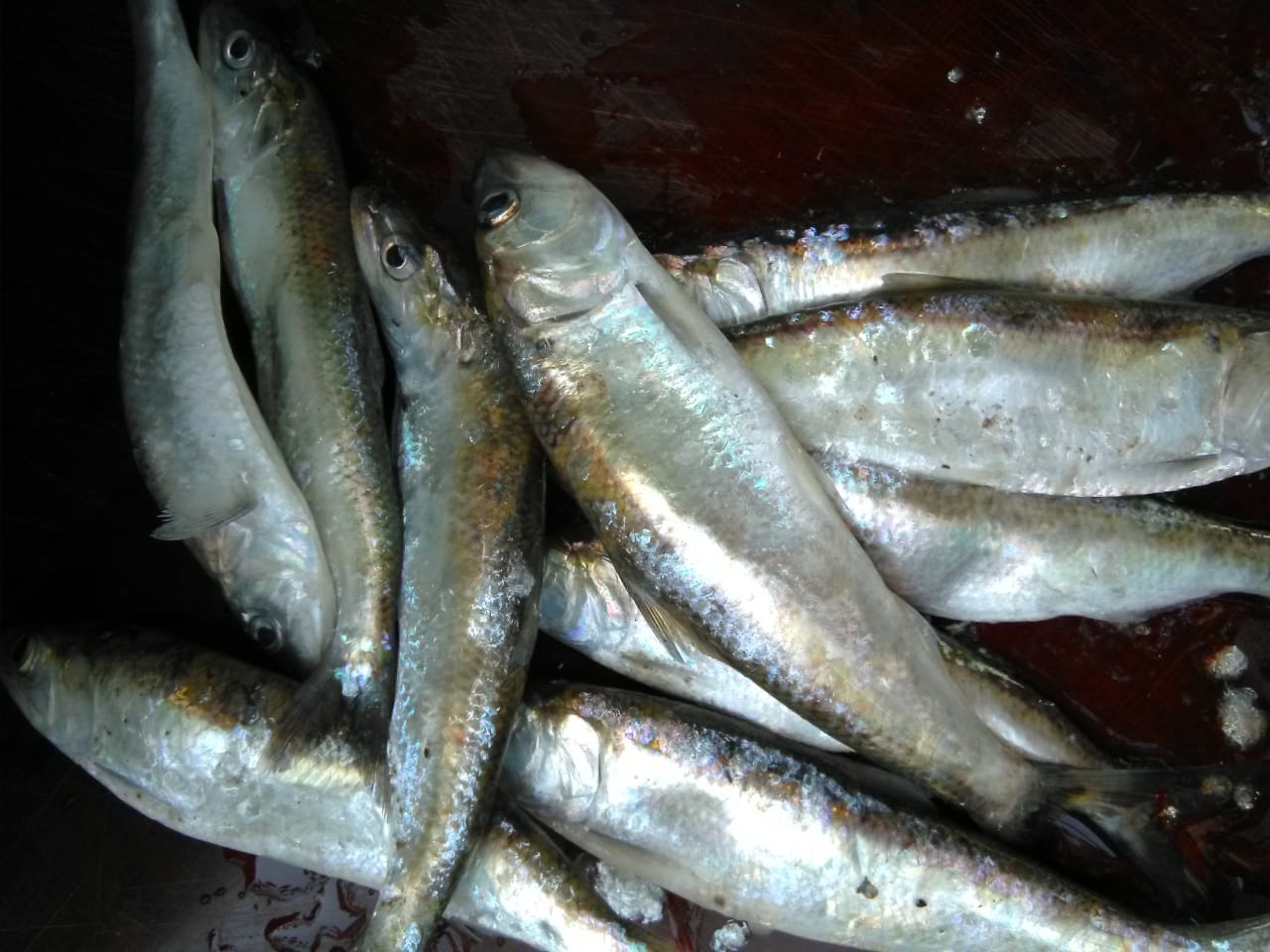
Pontic shad – 30 cool photos
Largest size: 2448 x 3264 pixels. But to get a photo in full format, please contact the admins of our site.
The Pontic shad (Alosa immaculata, previously Alosa pontica), also referred to as the Black Sea shad or Kerch shad, is a species of clupeid fish in the genus Alosa, native to the Black Sea and Sea of Azov basins.
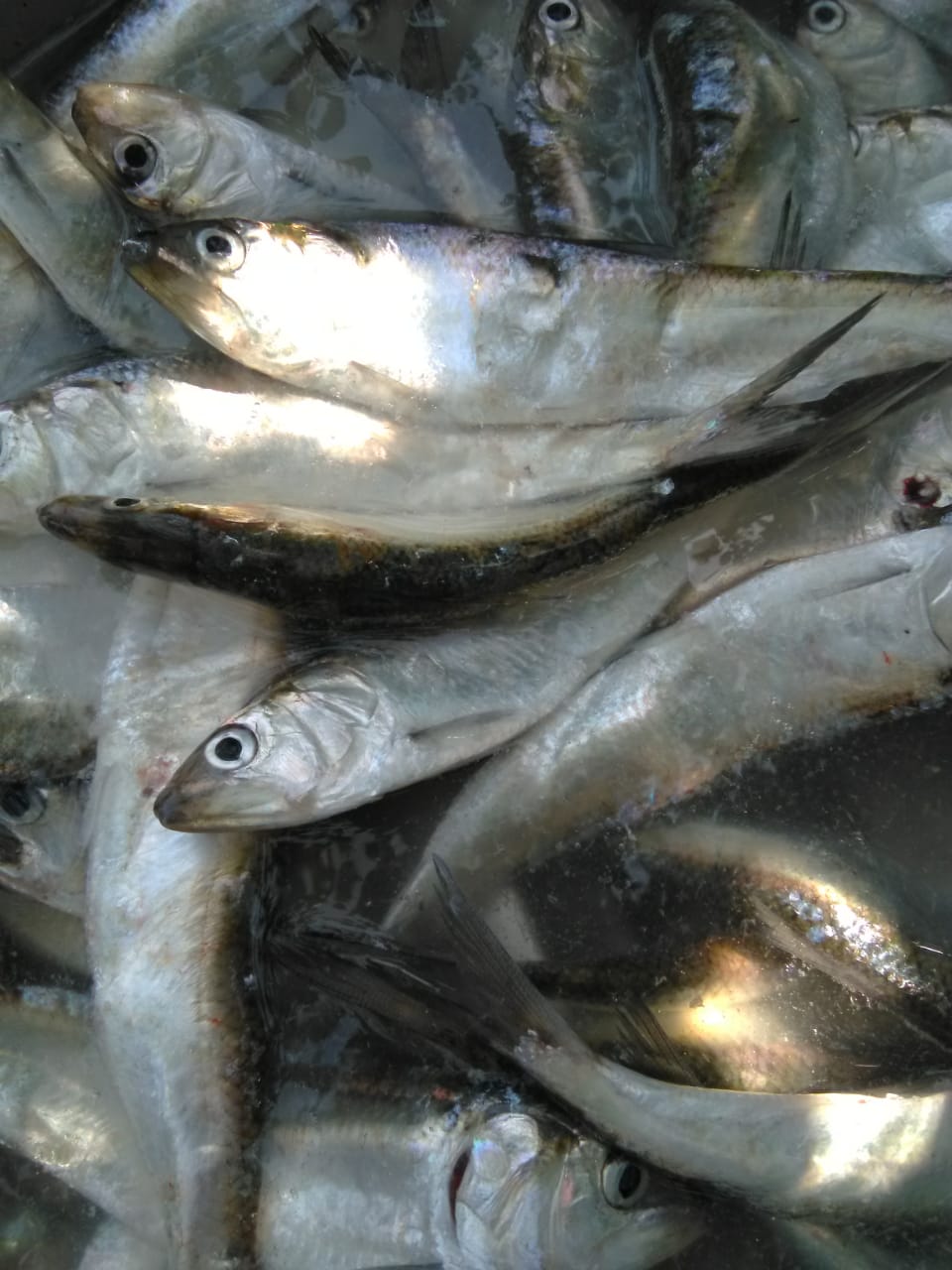
Etymology: Alosa: Latin, alausa = a fish cited by Ausonius and Latin, halec = pickle, dealing with the Greek word hals = salt; it is also the old Saxon name for shad = “alli”
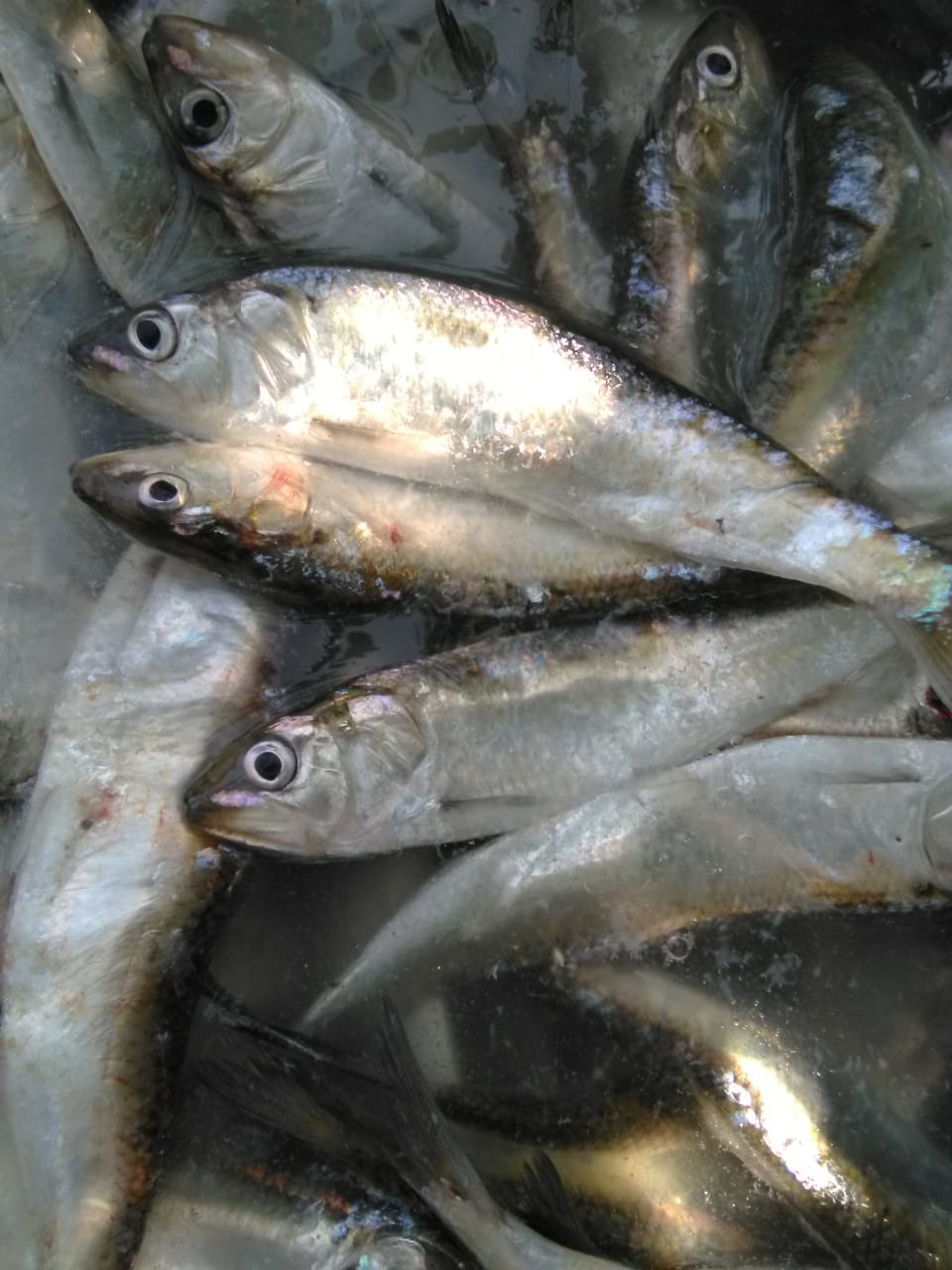
Pontic shad lives in the Black Sea and Sea of Azov, and adults migrate up rivers to spawn. It may also be found in the Marmara Sea in Turkey.
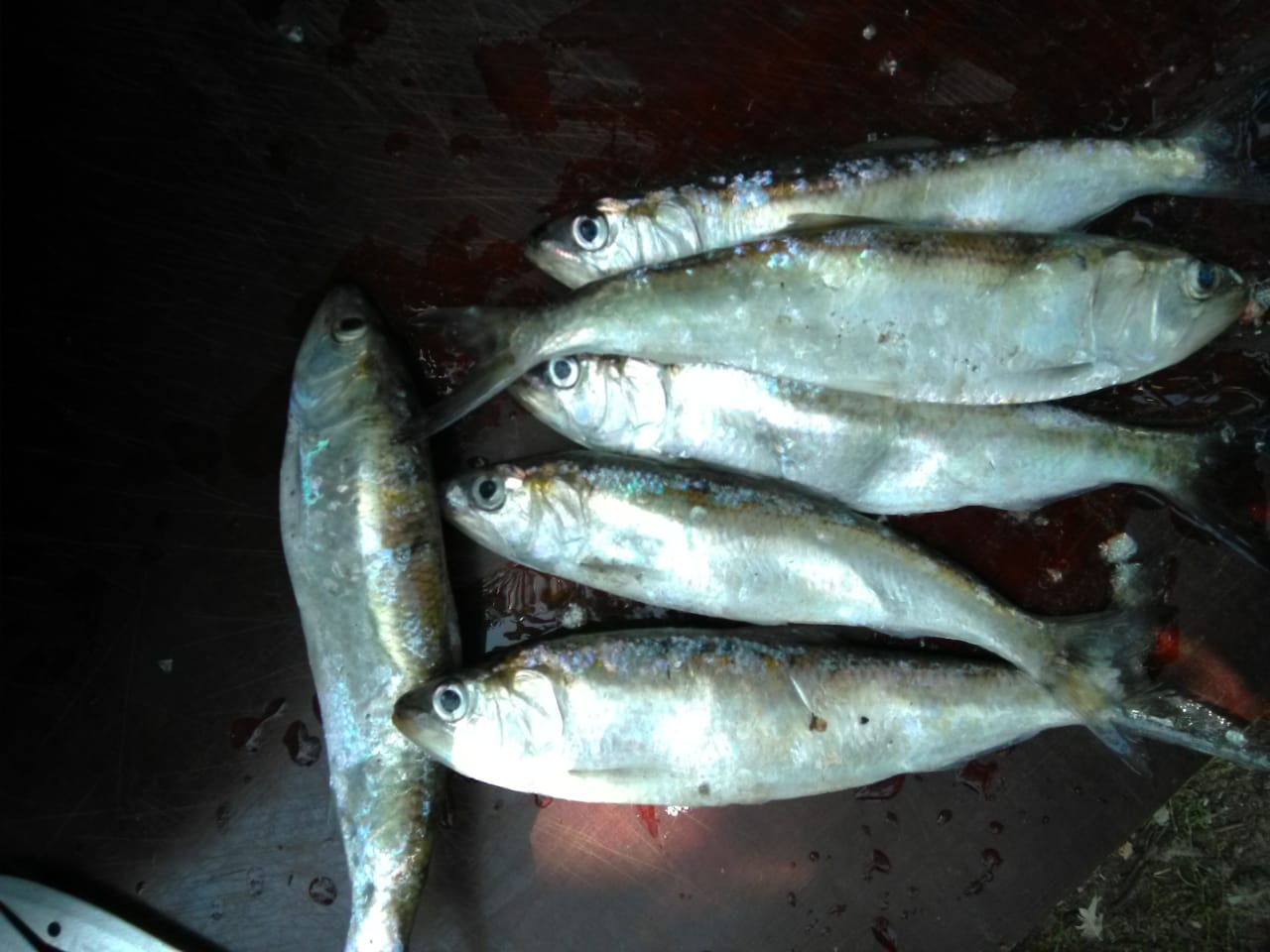
It currently migrates up and spawns in six rivers: the Danube, Dnieper, Dniester, Southern Bug, Don and Kuban Rivers.
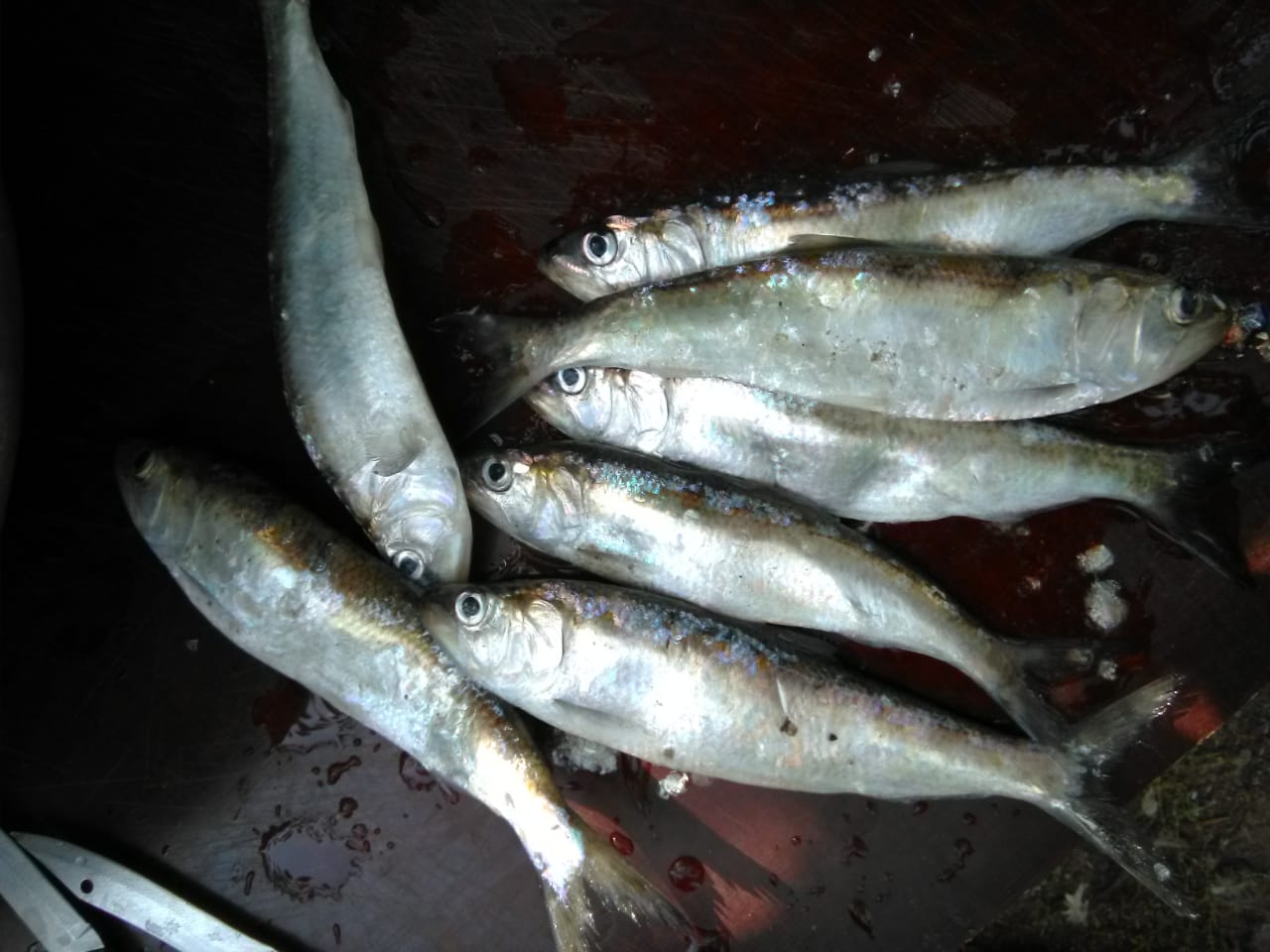
Previously the migrations reached far upstream, up to 1,600 in Danube and 900 km in Don, now dams are restricting the migrations.
There is also a landlocked population in Don.
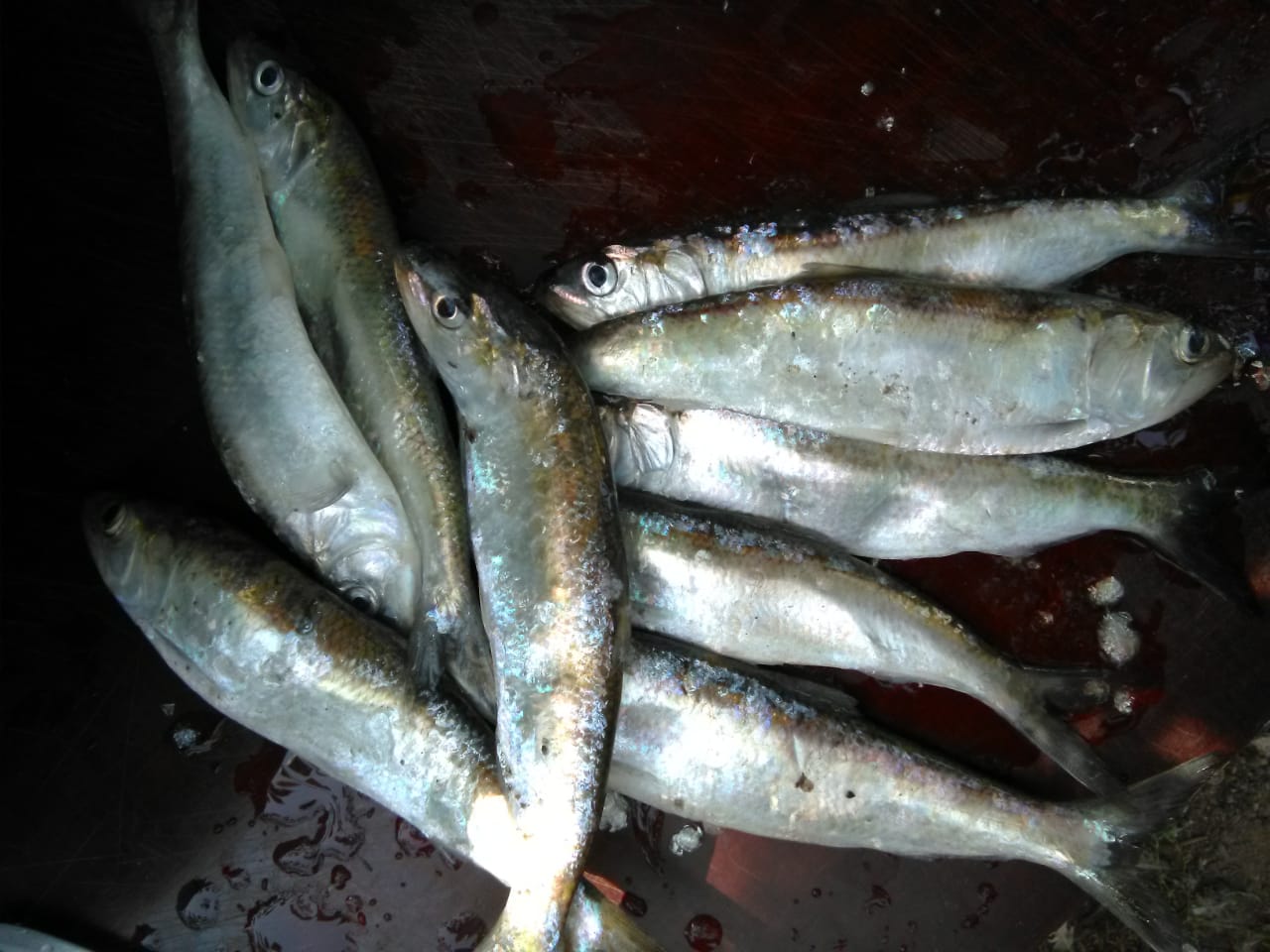
As much as 567 km up the Don and as far as Kiev on the Dneiper before the dam was built.
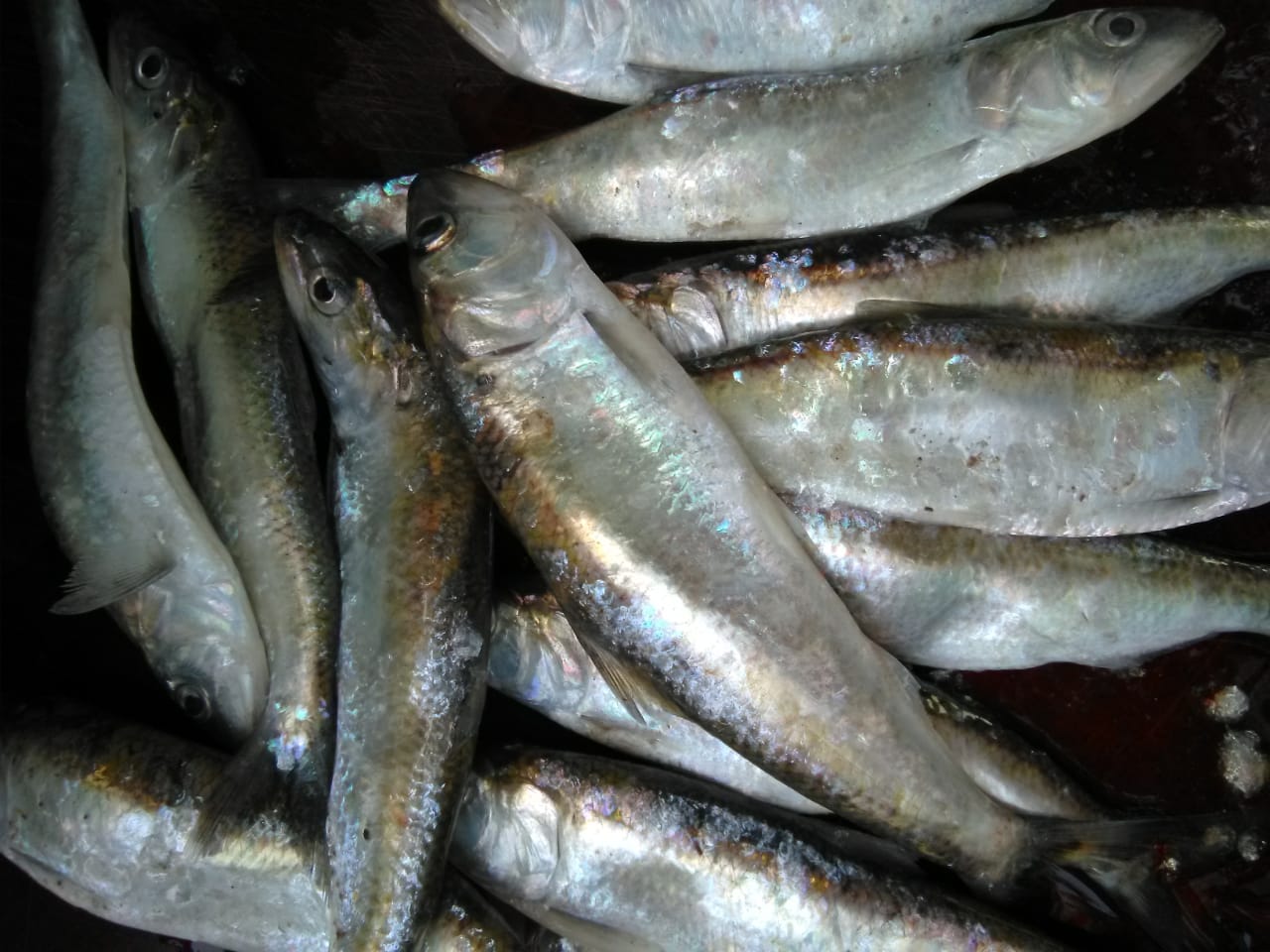
Pontic shad prefers to feed on small fishes and crustaceans.

Thai species is pelagic at sea, in deep water. It migrates to middle reaches of large rivers, spawning where current is strongest, close to the surface, often at 2-3 m depth in the main channel.
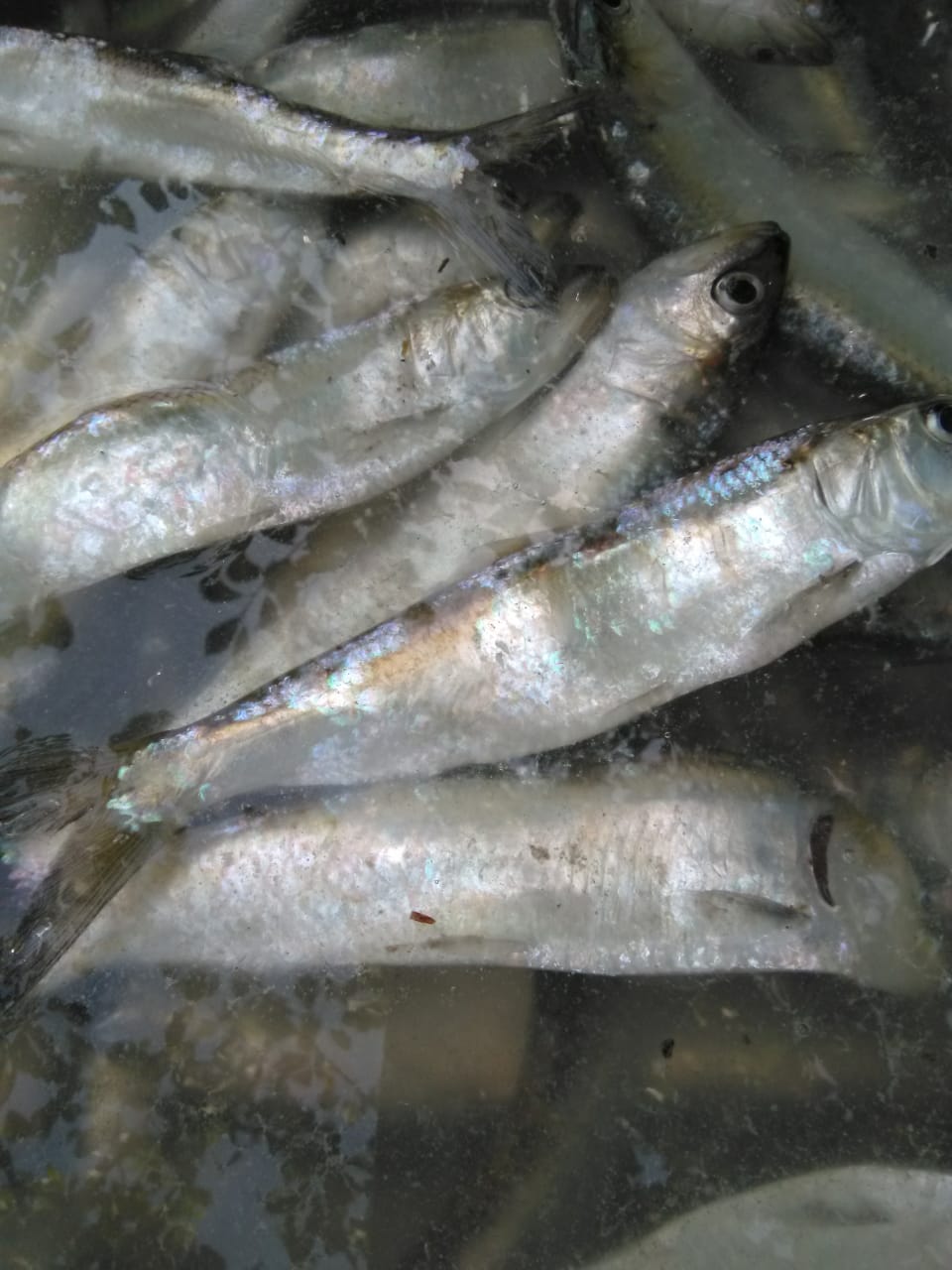
Migrates upriver to spawn at 3 years, rarely earlier and only a few individuals spawn two seasons. It appears along the coast in March to April, enters rivers when temperatures reach about 6-9°C, between late March and late April; migration usually peaks in May.
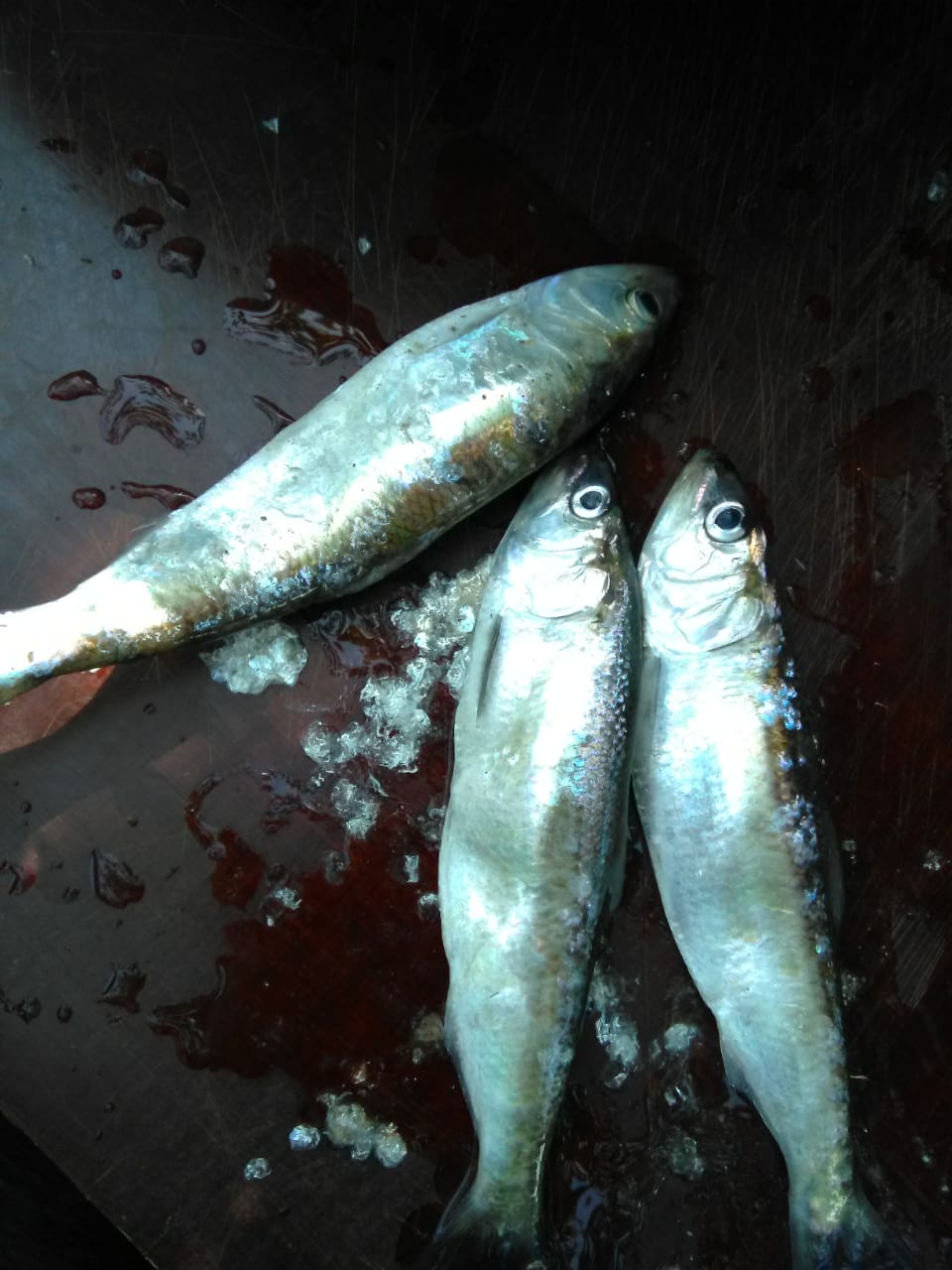 Spawning starts when temperature rises above 15°C in April to August; usually between 1 and 8 p.m. Pelagic eggs.
Spawning starts when temperature rises above 15°C in April to August; usually between 1 and 8 p.m. Pelagic eggs.
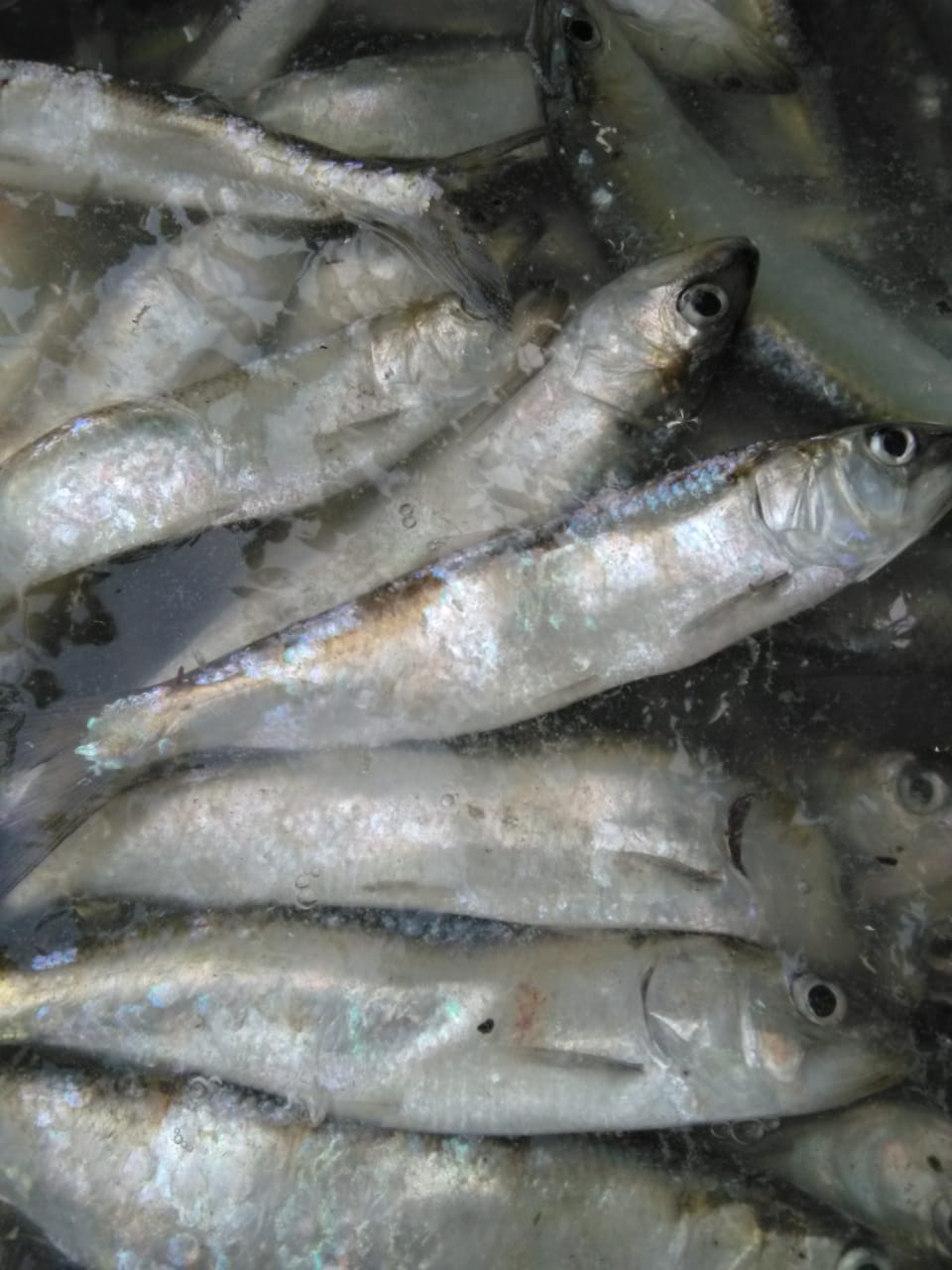 Spent individuals return to the sea to feed. Juveniles inhabit floodplain and shallow riverine habitats, migrate to the sea or estuarine habitats during first summer; in autumn return to the sea until maturity.
Spent individuals return to the sea to feed. Juveniles inhabit floodplain and shallow riverine habitats, migrate to the sea or estuarine habitats during first summer; in autumn return to the sea until maturity.
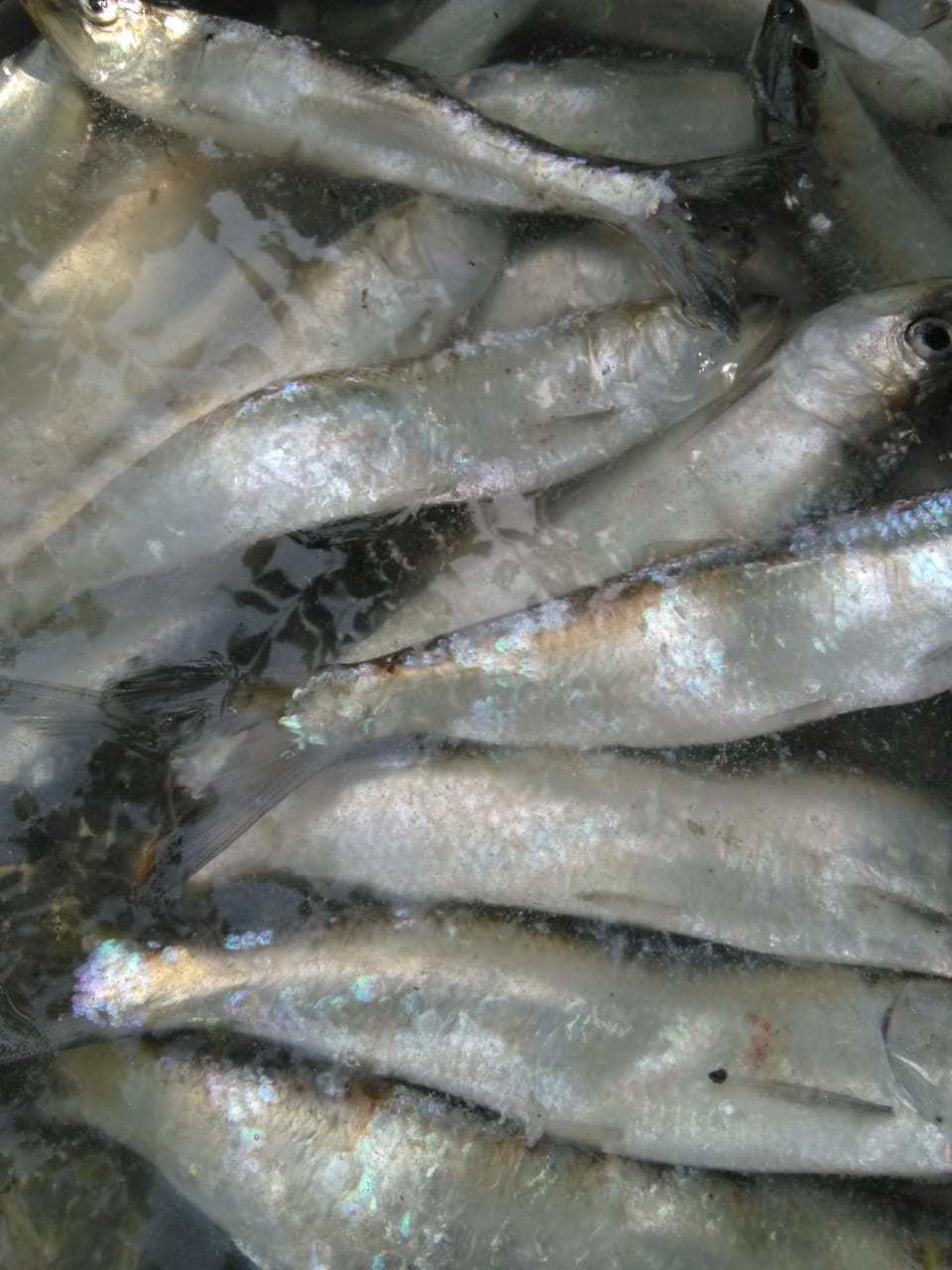 When at sea, it feeds on a wide variety of zooplankton (mainly crustaceans, (Crangon, Upogebia, Idothea, gammarids) and small fish (Engraulis, Clupeonella, Sprattus).
When at sea, it feeds on a wide variety of zooplankton (mainly crustaceans, (Crangon, Upogebia, Idothea, gammarids) and small fish (Engraulis, Clupeonella, Sprattus).
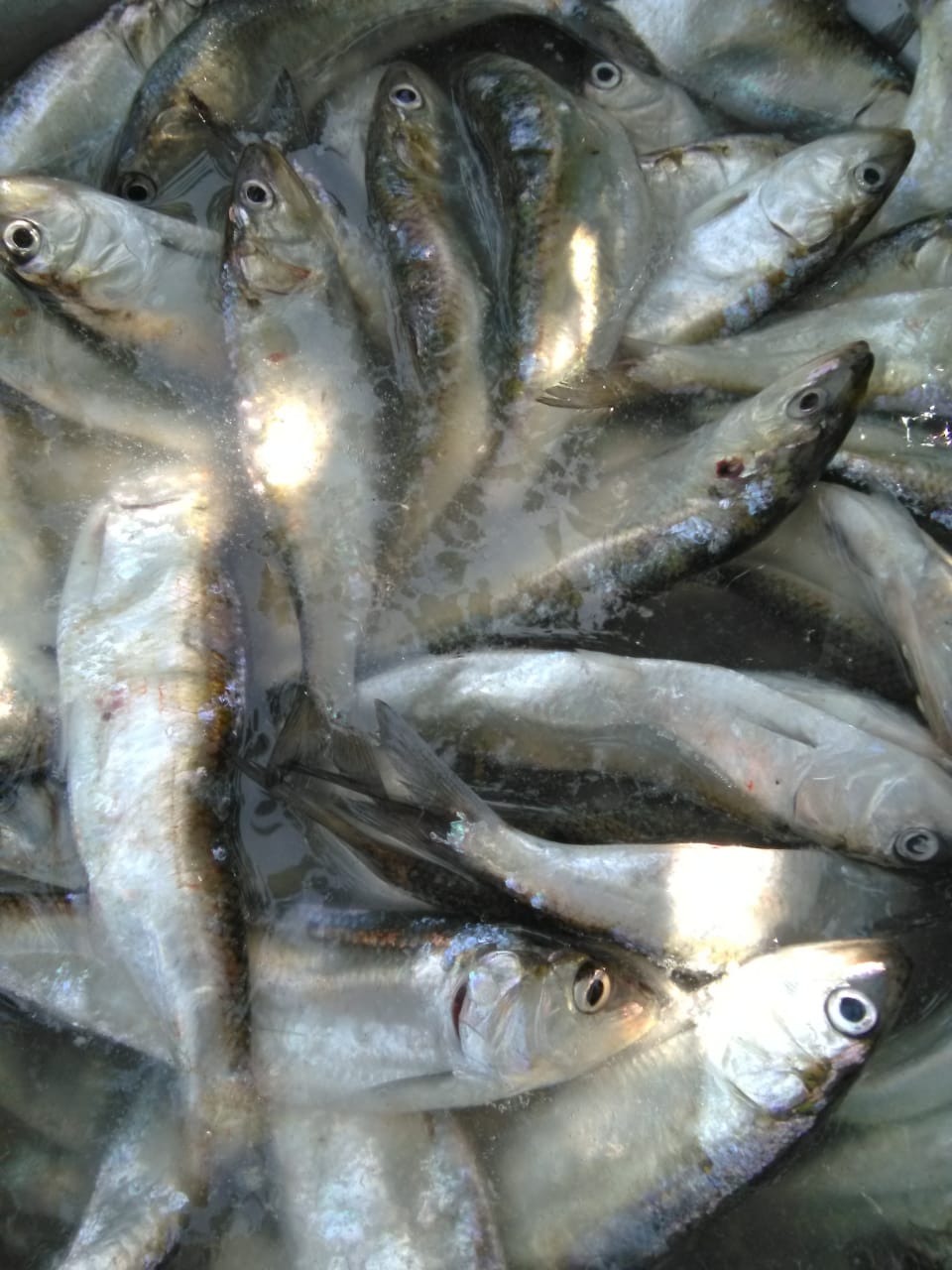 Reduction of spawning sites and migration routes are caused by impoundment of main rivers. Heavy over fishing apparently reduced all populations during the first decade of the 20th century .
Reduction of spawning sites and migration routes are caused by impoundment of main rivers. Heavy over fishing apparently reduced all populations during the first decade of the 20th century .
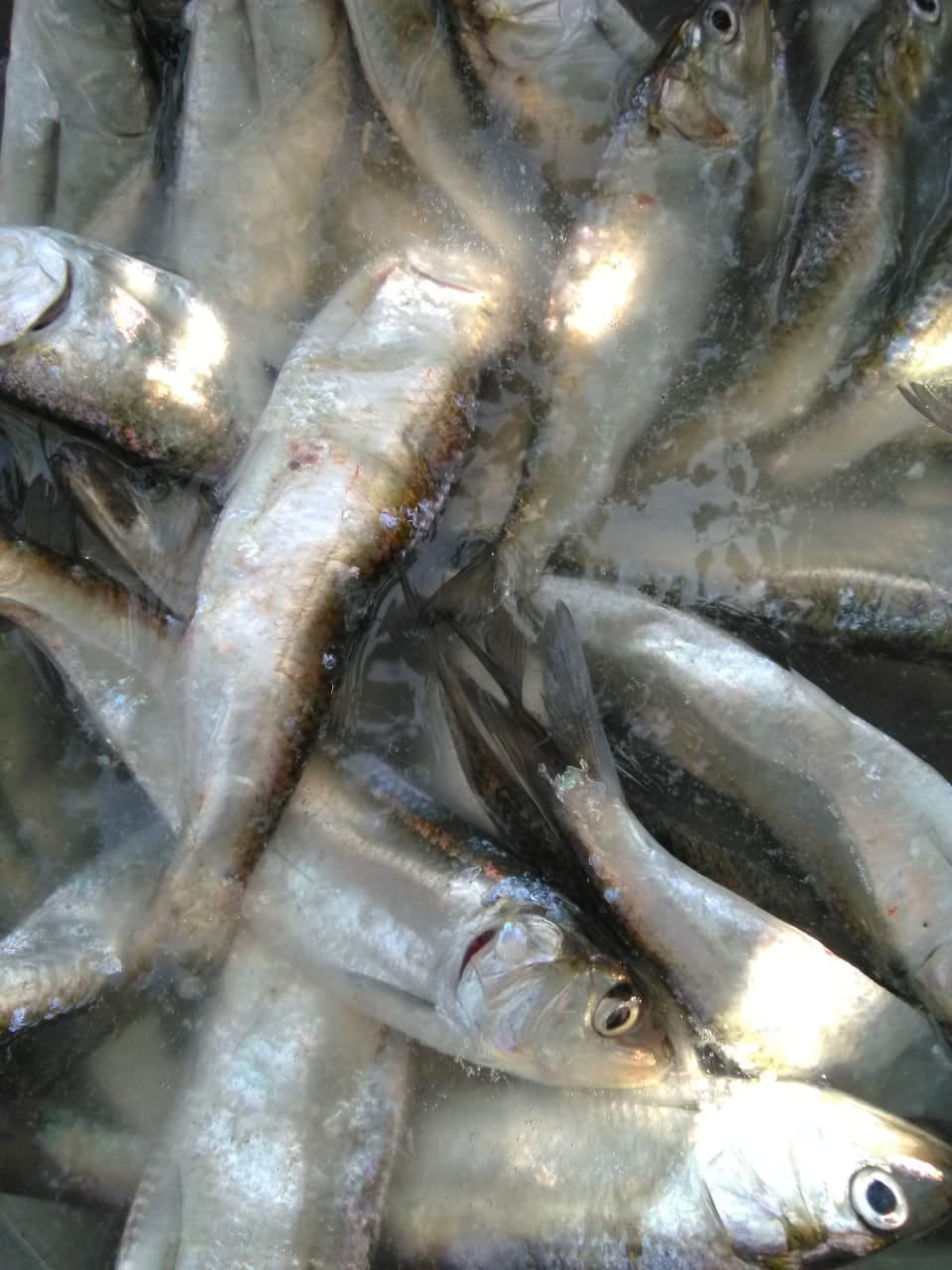
Reaches a smaller size (30 cm SL, usually 14-18) in Don River; a smaller form reaches only 21 cm.
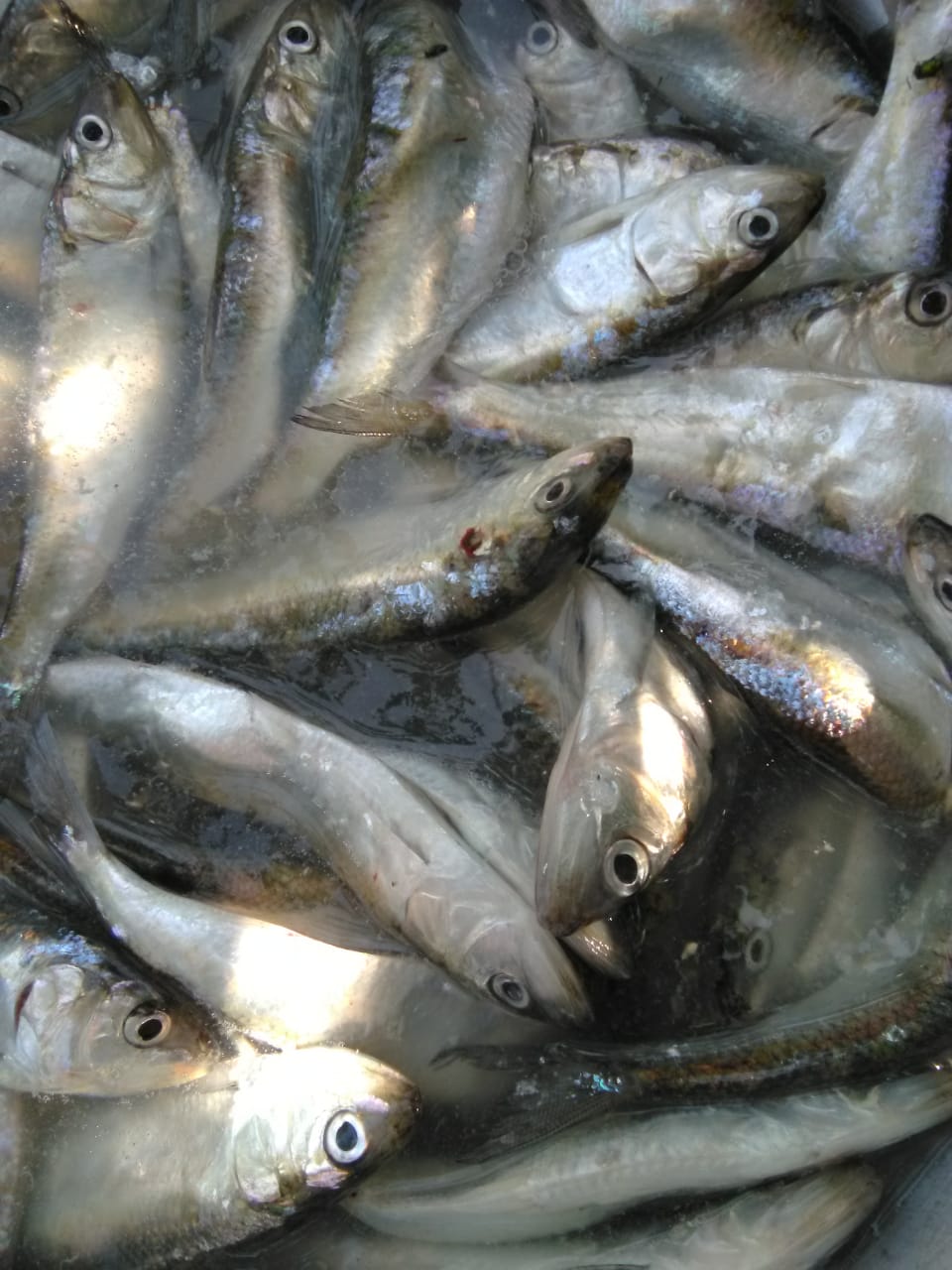
The fish changes its metabolism migrating from the salt waters of the sea to the sweet waters in the river and is the most delicious.

